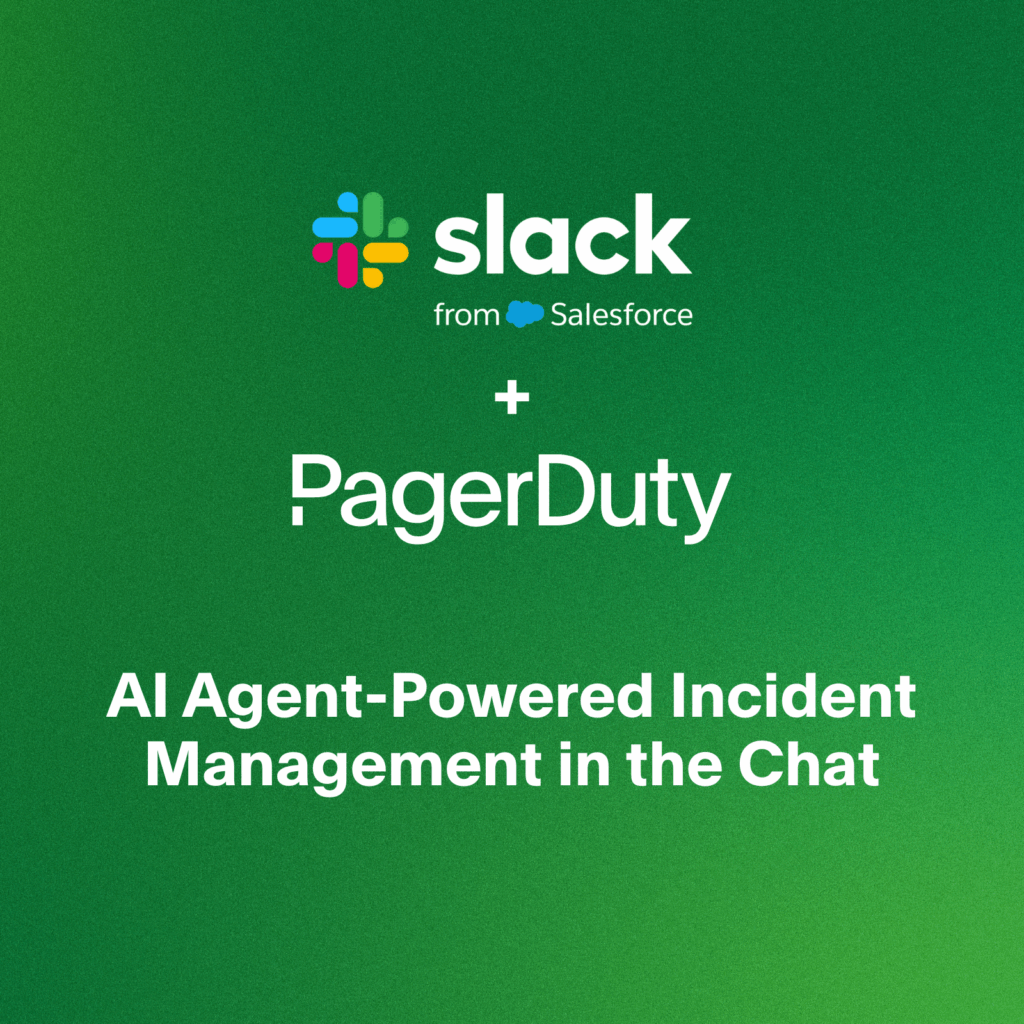- PagerDuty /
- Blog /
- Incident Management & Response /
- How to Pick the Best Incident Response Software
Blog
How to Pick the Best Incident Response Software
With the rising complexity of our digital ecosystems, incidents are occurring at an unprecedented rate. To combat the additional strain, incident responders are looking to software to help them establish a scalable, repeatable incident response process that reduces toil and noise and gets the right people on the scene at the right time.
The best incident response software addresses the entire lifecycle of an incident. From reducing alert noise to providing in-depth incident analytics, incident response software needs to address both the automated and human element of solving an incident to prevent lost revenue, poor customer experiences, and team burnout.
What is Incident Response Software?
Responders know that they need to resolve incidents fast, but they are being held back by a lack of resources and time. Without modern approaches to identification, resolution, and prevention of incidents, they don’t know what really needs fixing and what can wait. This is leaving them stuck in a cycle of inefficient and only partly effective firefighting and prevents long-term innovation and investments in planned work.
Incident response software helps teams take the right actions in real time, every time an incident occurs, leading to faster resolution of critical incidents and the knowledge to prevent future occurrences. Additionally, stakeholders and executives are kept informed to assist and mitigate further customer impact. Teams can manage higher incident volumes with streamlined end-to-end response, and continuously improve their response processes with retrospectives.
Features of Incident Response Software
Responder mobilization
Incident response software should ensure that operational issues and incidents are always sent to the right individual or teams that can address them in real time. Ideally, responders should be able to get notified and take action on issues immediately, from any device, wherever they may be.
Response automation
Teams should have the ability and autonomy to design the appropriate response for an incident of any priority. Automation capabilities should span from diagnostics to auto-remediation. This means that responders are armed with the right context about an incident immediately, and are potentially even able to resolve an incident without human intervention via automation.
Stakeholder communication
Modern incident response requires more than just technical teams to mitigate customer impact. Business stakeholders like executives, support, and even marketing, legal, or sales need to be kept aware of the situation without interrupting responders. Incident response software should allow responders to communicate status updates with as minimal toil and interruption to the response process as possible.
Integration ability
Teams use a wide variety of tools to gather incident information, record progress, and communicate throughout. Incident response software should ideally integrate with the tools teams already use such as monitoring tools, ITSM tools, and collaboration and communication tools such as chat and video conferencing.
Operational insights
Incident response software should also help teams improve over time. Analytics empower teams to make smarter, real-time decisions armed with a holistic view of past system performance.
Incident learning
Retrospectives provide a streamlined learning process so your organization can get better at resolving and preventing incidents. Incident response software should allow you to create timelines, document key incident developments, and make plans for improvements moving forward.
Benefits of Incident Response Software
Improved responder health and experience
There are many benefits of adopting incident response software. One important benefit is responder health and experience. Being on call can be daunting and draining, leading to burnout and attrition. With incident response software that limits noise and toil, teams on the front lines can spend more time innovating and less time firefighting.
Better internal communication
Communication during incidents is key, and not just within and between technical teams. Business teams also need to know how to respond to incidents. Should sales postpone a demo? Should marketing pause a campaign? Should support prepare for an increase in tickets? Incident response software allows teams to communicate with these internal stakeholders so everyone is on the same page.
Increased trust between you and the customer
Customer expectations have never been higher, and incidents can erode trust and even lead to churn. With incident response software, your response process will be streamlined, improving MTTR and getting your services back up and running for customers faster. Additionally, you can proactively communicate with customers about the status of the incident, building more trust and transparency. This can put you above the competition.
Conclusion
With the increasing volume and complexity of incidents, organizations are at greater risk of lost revenue and poor customer experiences. Incident response software helps teams respond better and faster to critical work and improves the experience for everyone involved. While incidents are unavoidable, the best incident response software provides responders with the tools needed to quickly return services back to a normal state and make improvements that scale across the entire organization.


